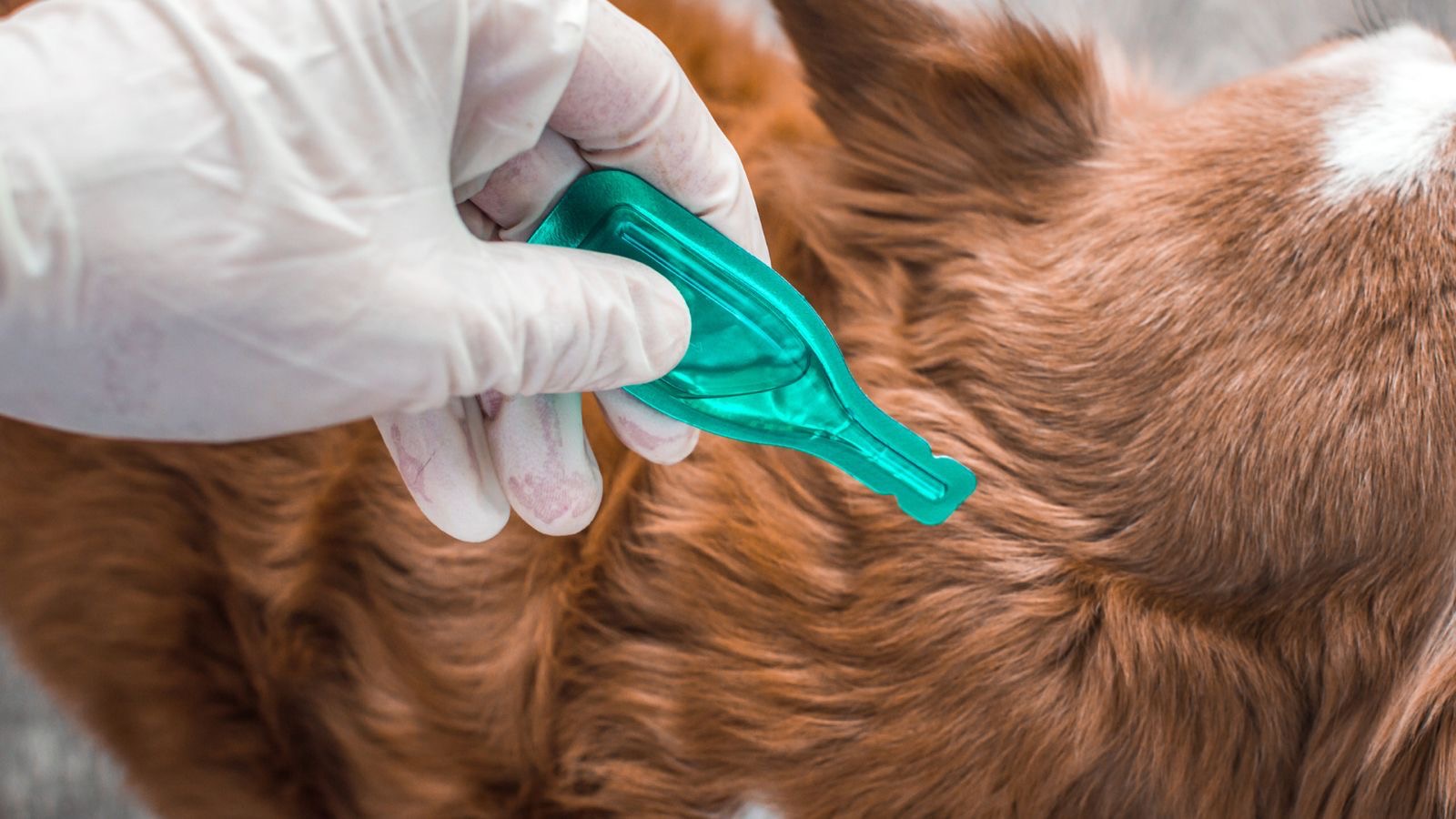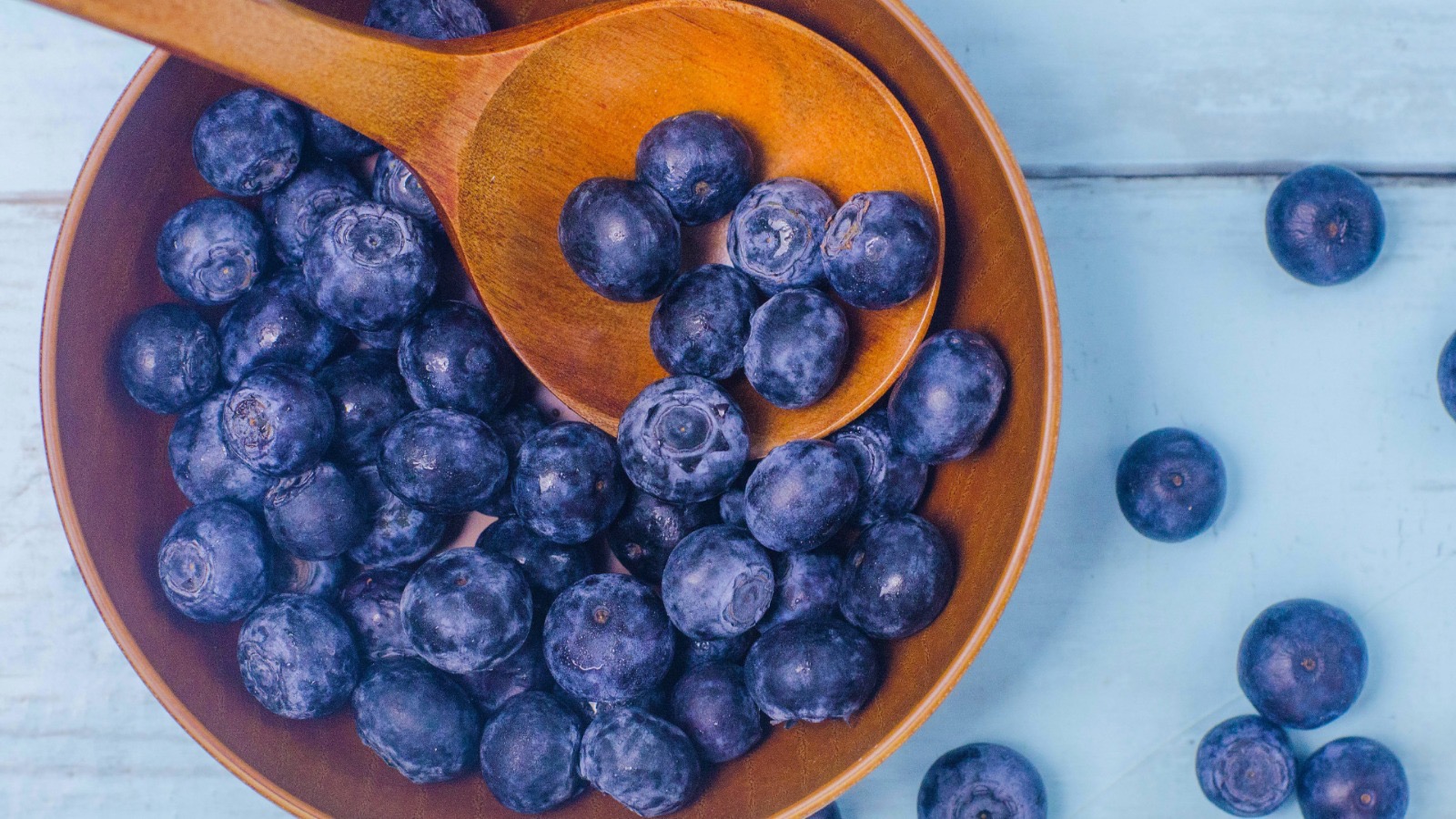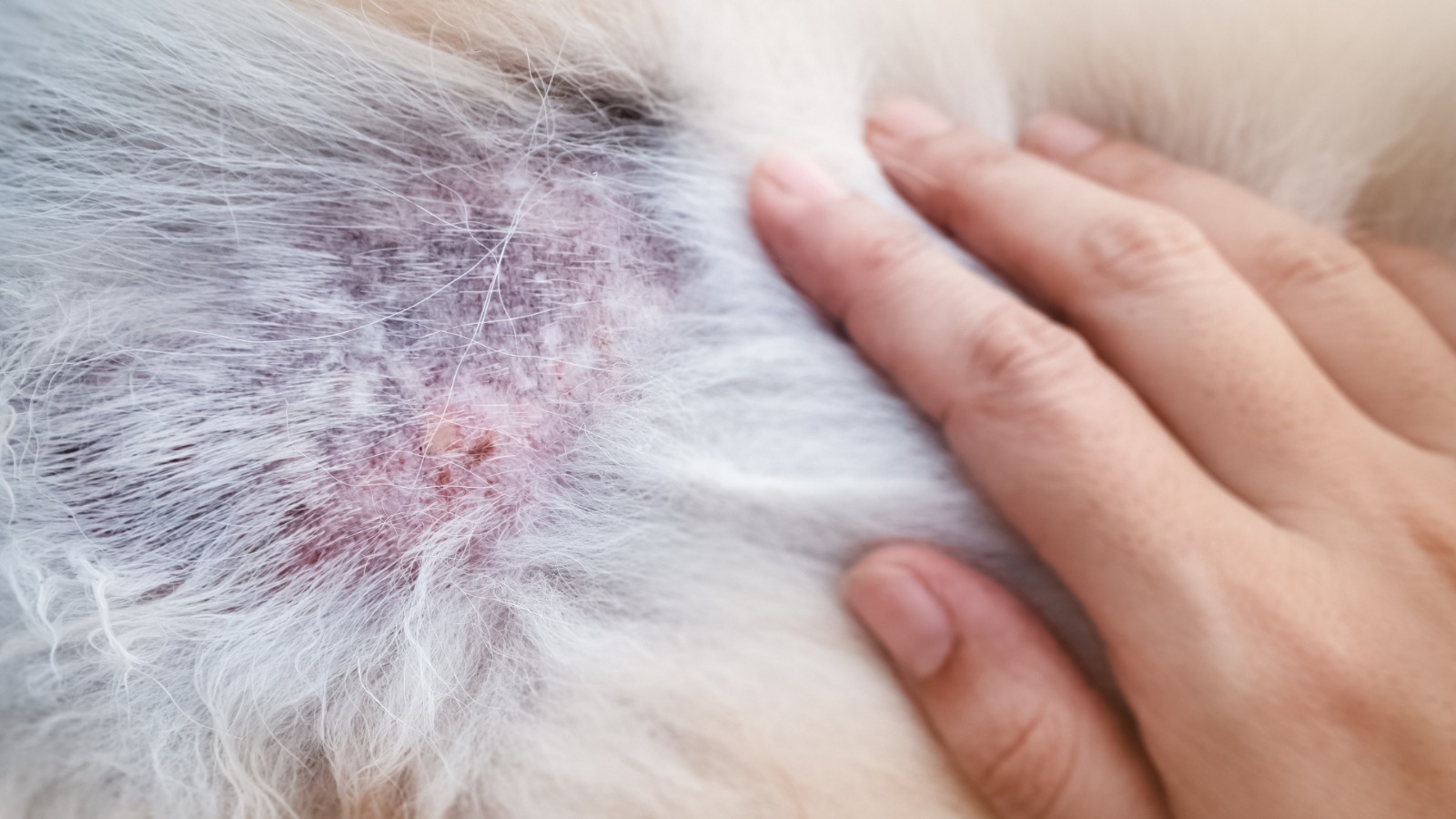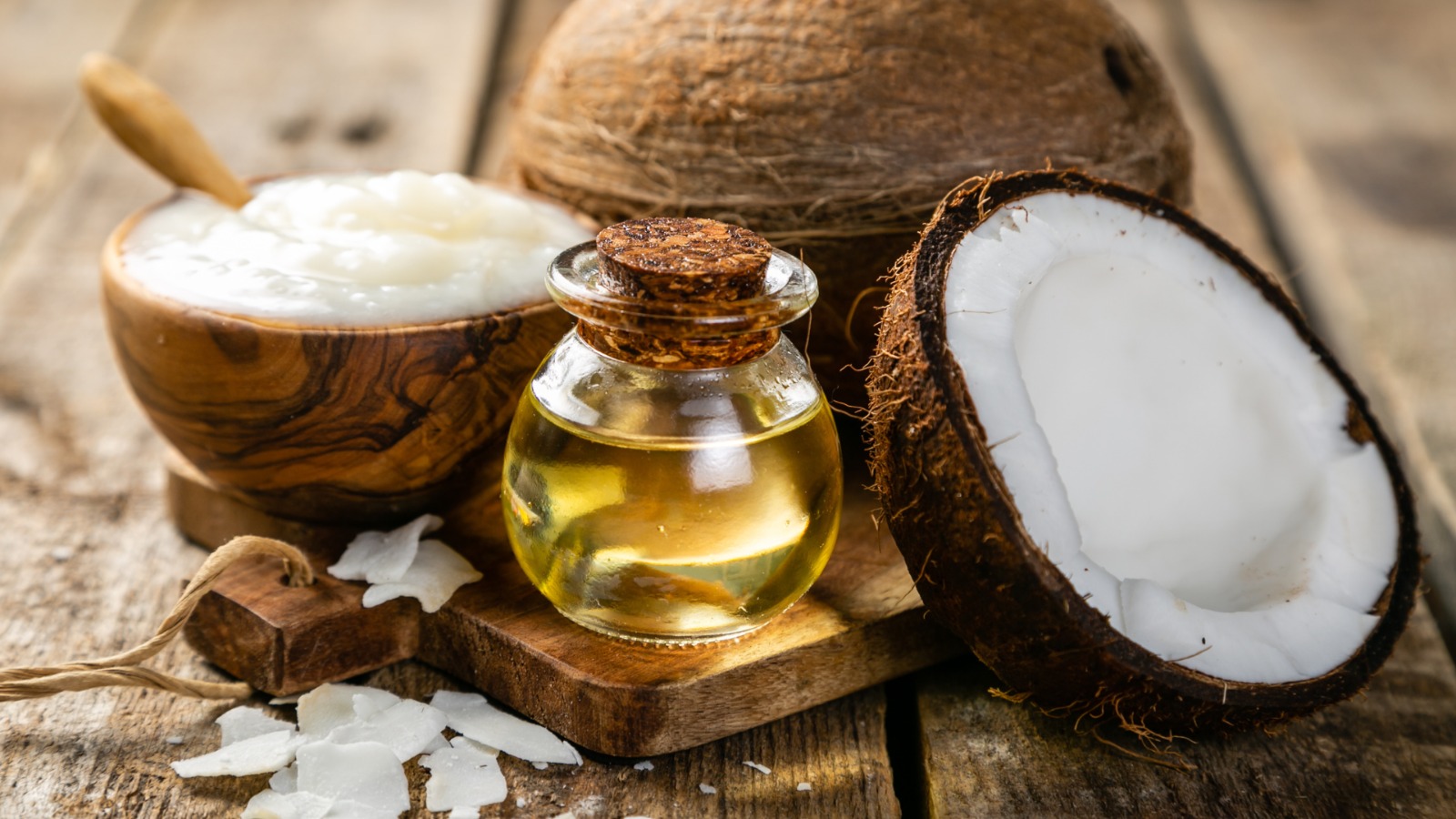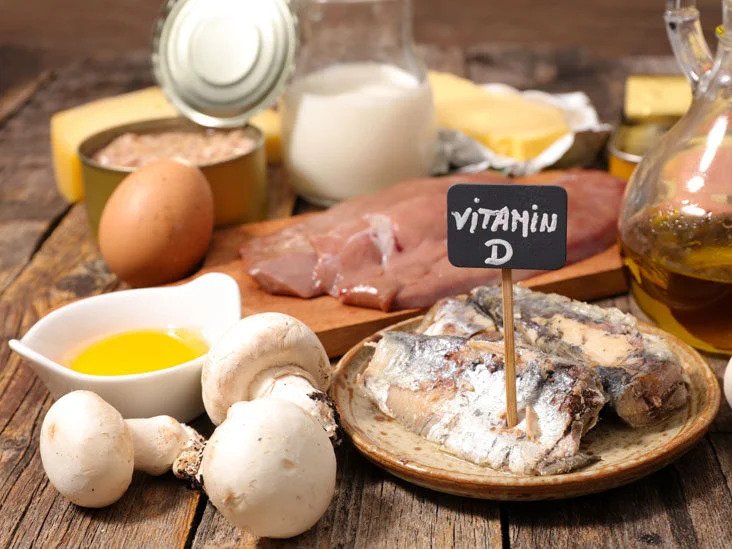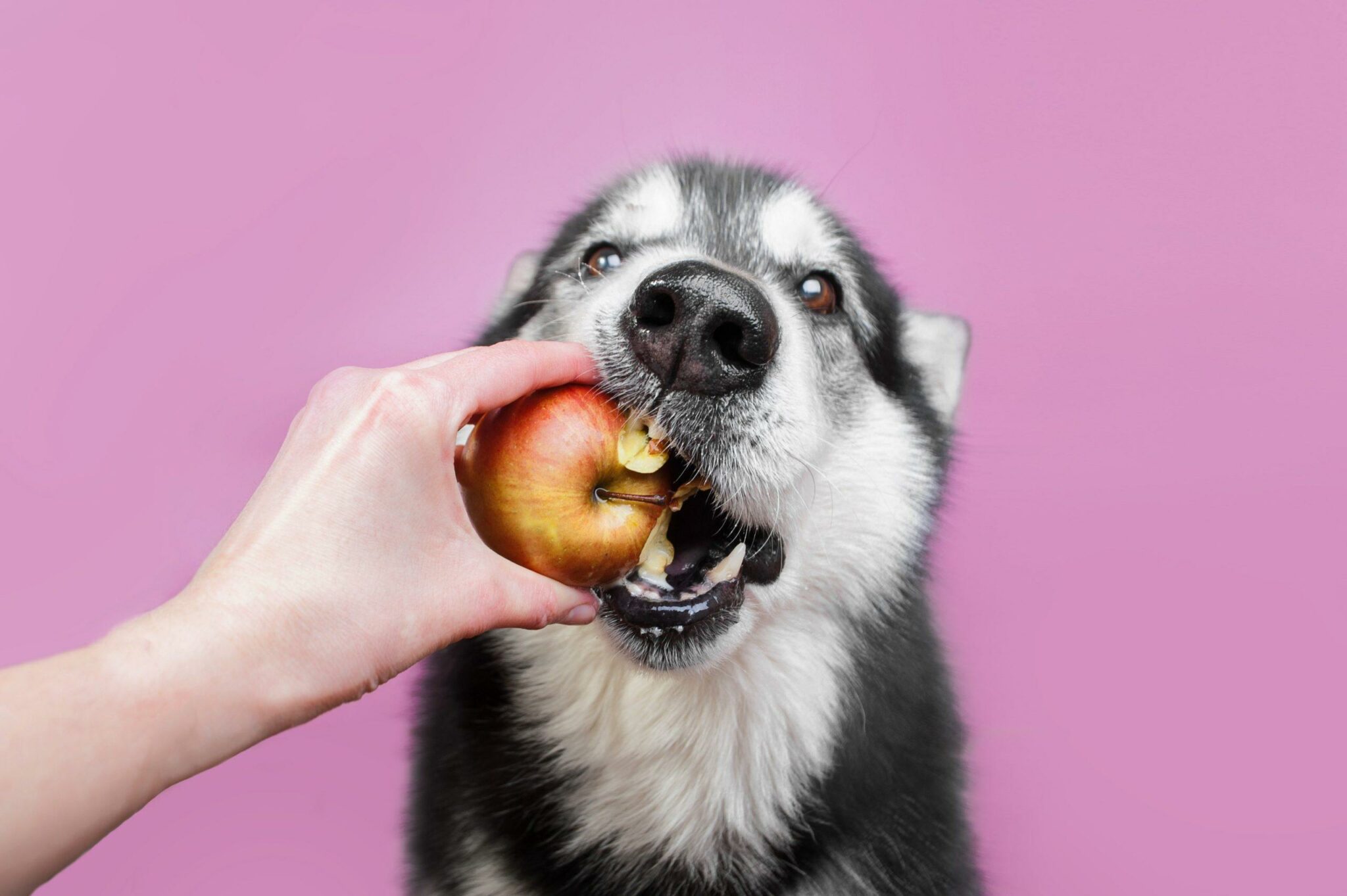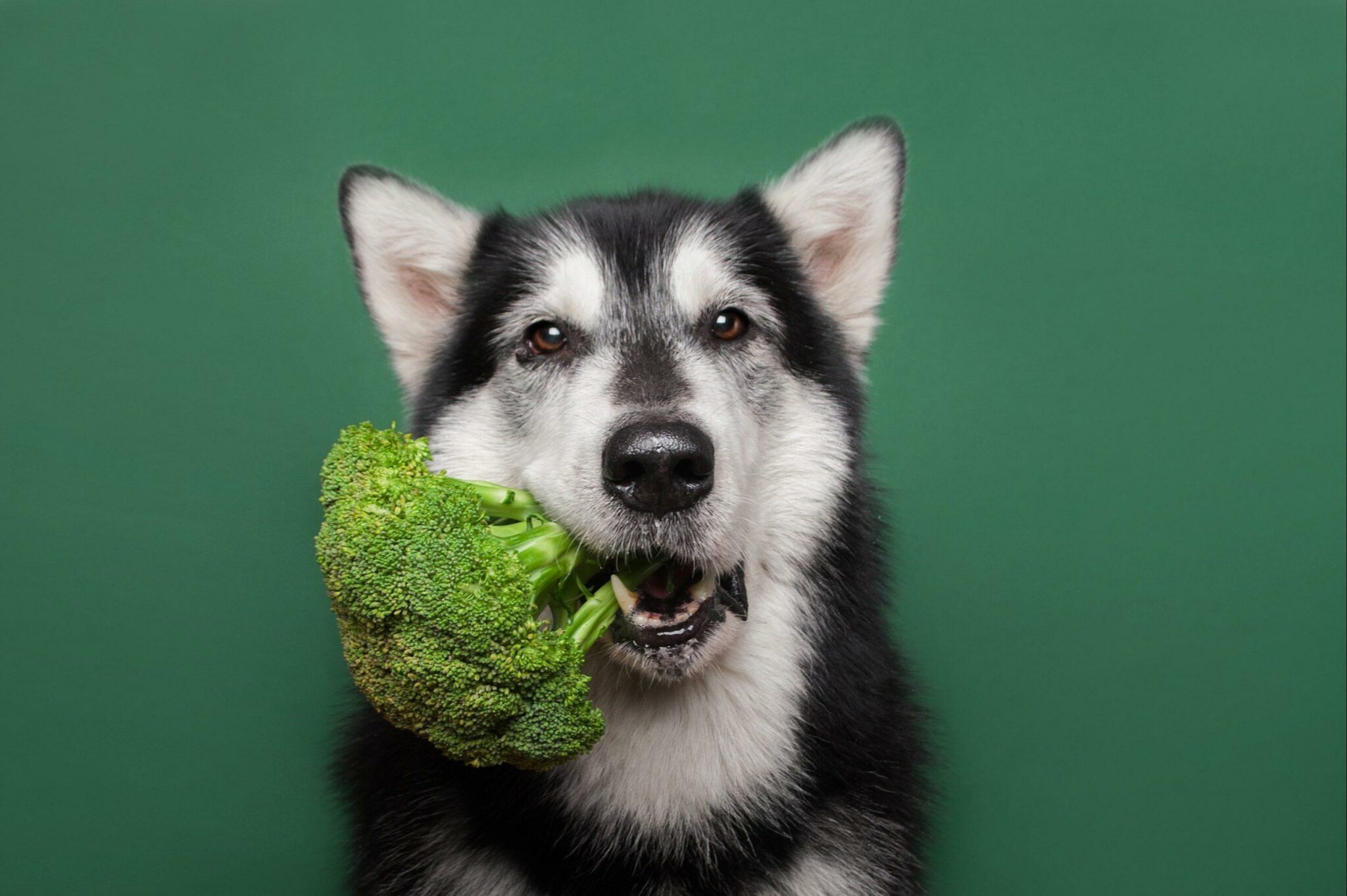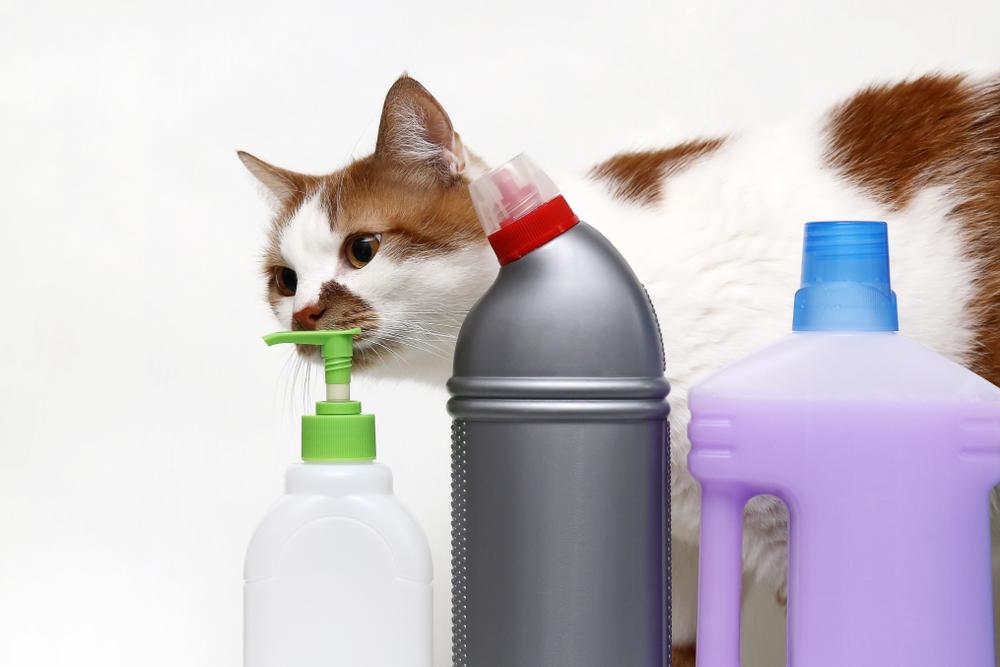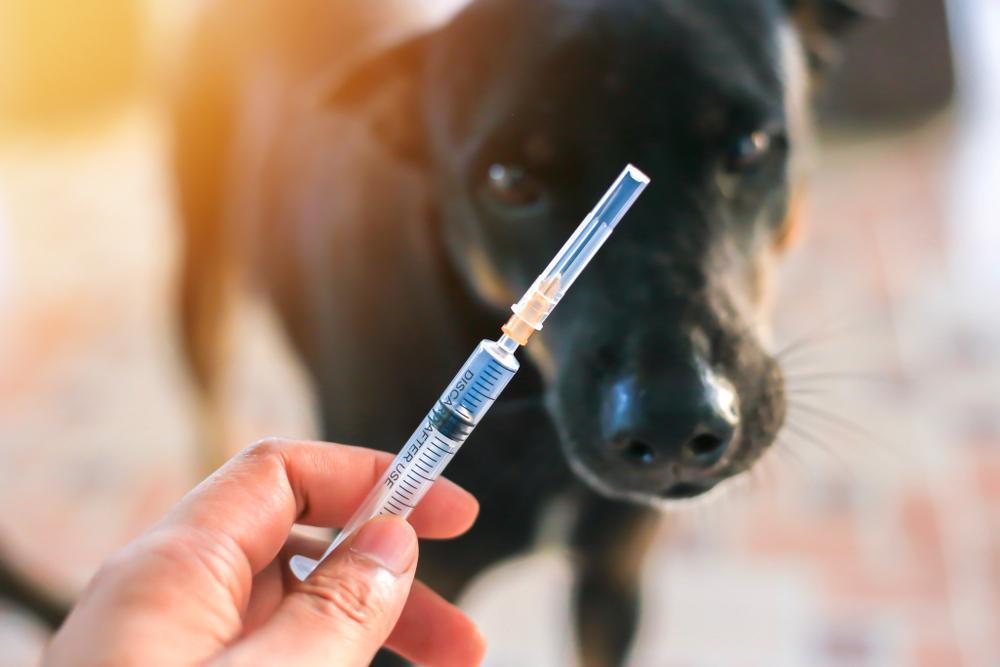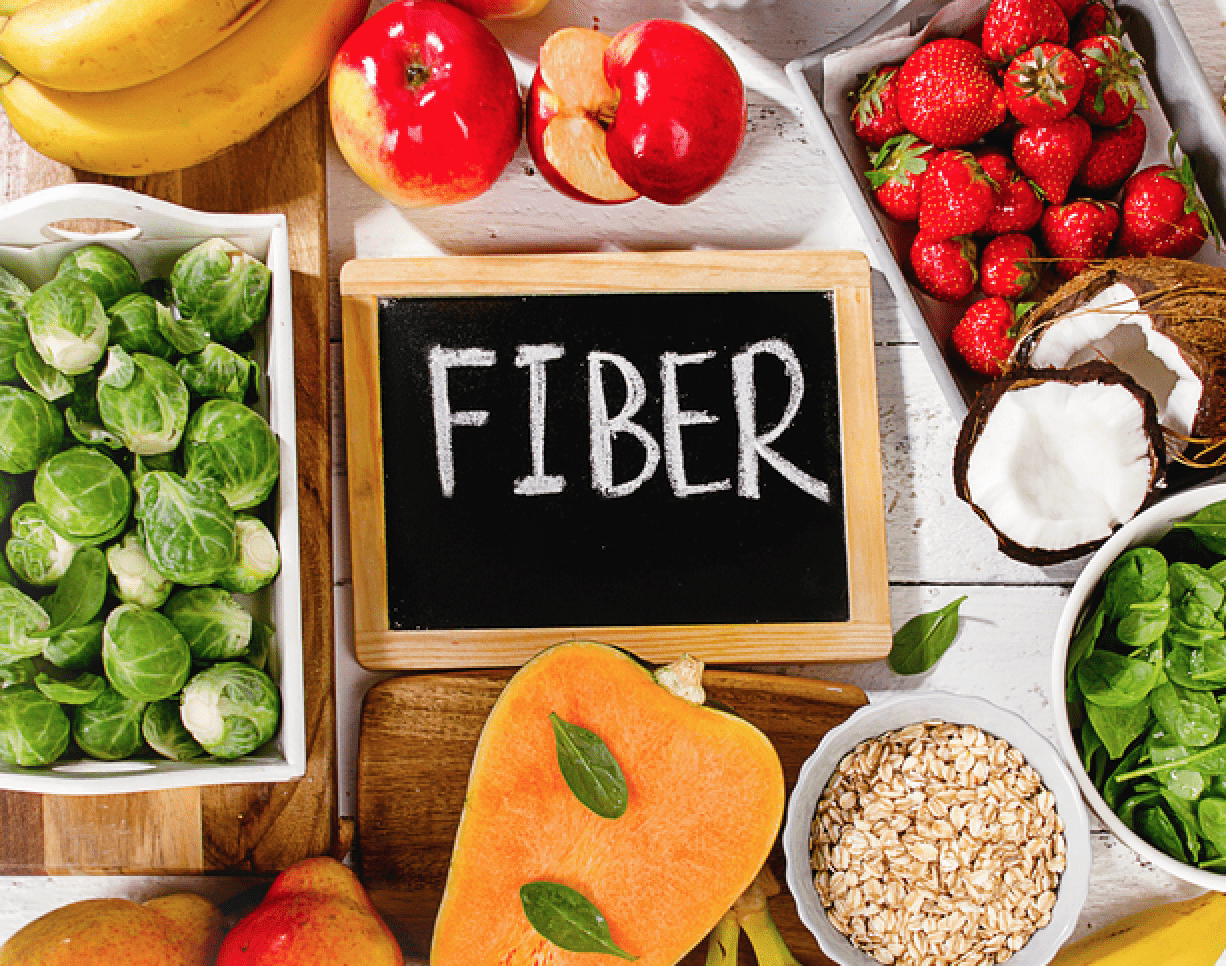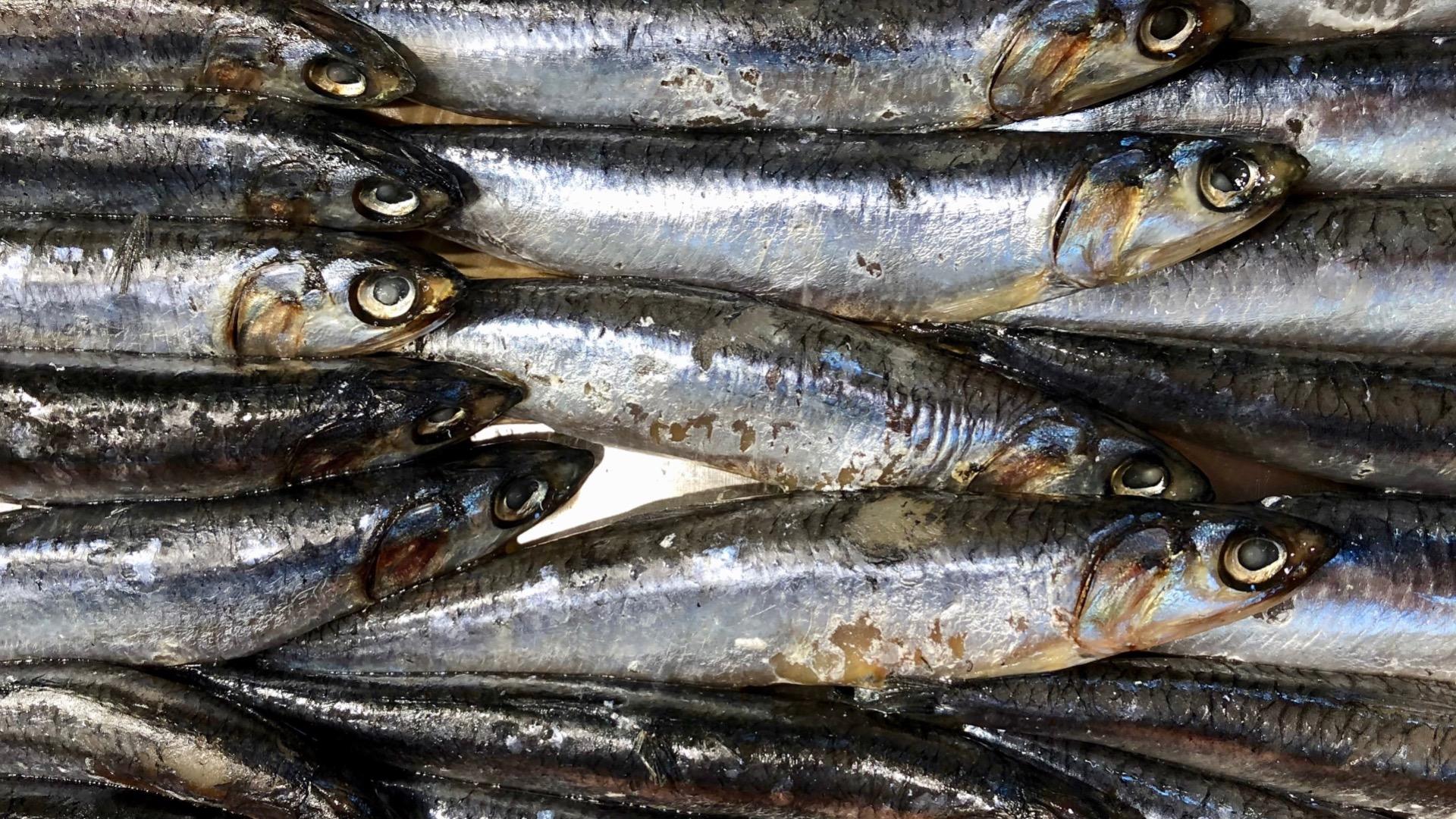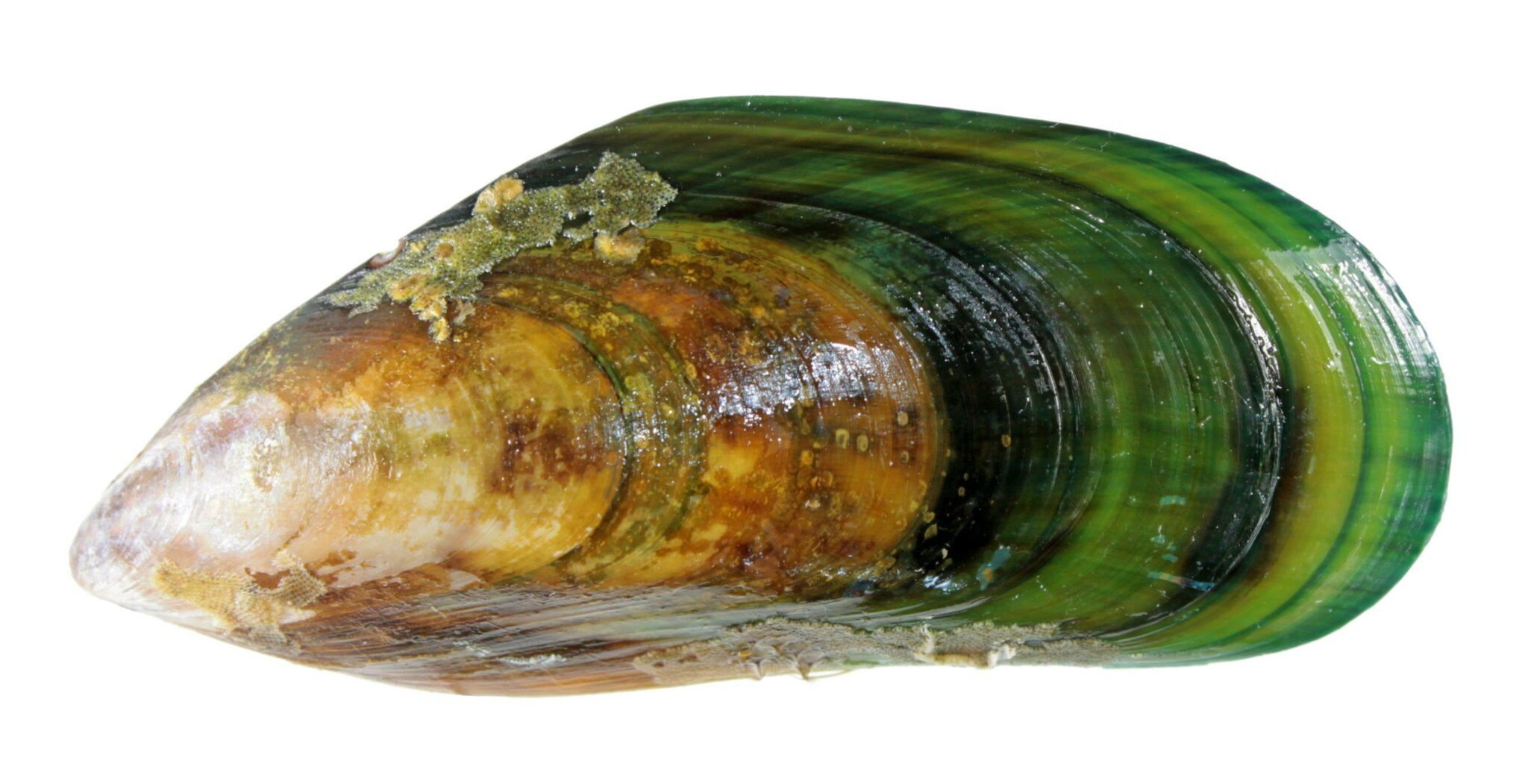If you look at regular claims on insurance forms, you’ll find that the most common eye issues suffered by our dogs include the following:
- Corneal damage
- Dry eye (keratoconjunctivitis sicca)
- Pink eye (conjunctivitis)
- Eyelid mass
- Cataracts
- Glaucoma
- Cherry eye
- Entropion
Whilst some of these are a result of direct injury, trauma, infection, or genetic predisposition, and will need additional support, as owners we always want to do the best by our dogs, and this includes ensuring the health of every part of their body to give it the best chance if it is ever faced with a trauma or injury.
Below, we’ve collated our top 5 nutrients for eye health in the dog.
1. Vitamin C
Ascorbic acid, commonly known as vitamin C, has a chemical structure that is closely related to the monosaccharide sugars. It is synthesised from glucose by plants and most animal species, including dogs. When present in foods, ascorbic acid is easily destroyed by oxidative processes. Exposure to heat, light, oxidative enzymes, and the minerals copper and iron all contribute to losses of vitamin C activity.
The body requires ascorbic acid for the hydroxylation of the amino acids, proline and lysine in the formation of collagen and elastin and for the synthesis of acetylcholinesterase.
It is important to the structure of the body, and that includes the eyes.
Vitamin C is present in the lens and surrounding ocular humors. It is thought that Vitamin C behaves as a sort of sunscreen to protect the lens from UV induced oxidative damage. There are suggestions that it also regenerates vitamin E and glutathione to further increase antioxidant capacity in the eye. With age, vitamin C levels are thought to decrease and there is data which indicates low levels of vitamin C are associated with the development of cataracts.
Findings Here
Whilst dogs can synthesise their own Vitamin C, there is no reason you can’t add Vitamin C rich foods to the bowl to boost their levels.
Sources of Vitamin C:
Carrots
Kale
Sweet potatoes
Seaweed
Berries
Kelp
Parsley
Alfalfa
2. Vitamin E
Vitamin E includes several compounds, of which the most biologically active and widely distributed is alpha tocopherol.
Vitamin E functions as an important antioxidant within cells, protecting lipids, particularly the polyunsaturated fatty acids in cell membranes against oxidative damage caused by free radicals and active forms of oxygen that may be generated during metabolic processes.
The dietary requirement for vitamin E is influenced by the intake of selenium because of its role in glutathione peroxidase, with one nutrient partially able to spare a deficiency of the other. It is also influenced by the PUFA content of the diet and increasing this leads to an increase in vitamin E requirement. It has been recommended that the dietary ratio of alpha tocopherol:PUFA (mg/g) of 0.6:1 is maintained as a minimum to protect against PUFA peroxidation.
Rancid fats are particularly destructive of vitamin E, so these should be avoided in diet.
Sources of Vitamin E:
Plant based oils
Nuts
Seeds
Dark green veggies,
Pumpkin
Red bell pepper
Mango
3. Zinc
Zinc influences cell metabolism through a variety of mechanisms. It also appears to play an integral role in maintaining normal ocular function. Zinc is found in high concentrations in ocular tissue, particularly in retina and choroid.
Zinc is thought to modify photoreceptor plasma membranes, regulate the light-rhodopsin reaction, modulate synaptic transmission and serve as an antioxidant.
Studies have demonstrated that suboptimal zinc status is indicated in the development and progression of several chronic eye diseases.
In short, zinc helps maintain the health of the retina, cell membranes and protein structure of the eye. In addition, it allows Vitamin A to travel from the liver to the retina to produce melanin which is a pigment that protects the eyes from UV light.
Findings Here
Sources of zinc:
Seafood
Beef
Lamb liver
Lamb
Why Zinc is Important for Your Dog
4. Lutein and Zeaxanthin
Lutein and zeaxanthin are yellow carotenoid antioxidants known as macular pigments. They are concentrated in the macula which is the central part of the retina.
It is thought that lutein and zeaxanthin function as a natural sunblock.
One observational study in middle-aged and older humans noted that consuming lutein and/or zeaxanthin daily significantly reduced the risk of AMD (age-related macular degeneration).
The researchers also discovered that those with the highest intake of lutein and zeaxanthin had a 43% lower risk of macular degeneration, compared to those with the lowest intake.
Leafy greens like spinach, swiss chard and kale are great sources. In addition, egg yolks are considered one of the best sources due to their fat content. Carotenoids are better absorbed when eaten with fat.
Findings Here
Can My Dog Eat Raw Eggs
5. Omega-3 fatty acids
The brain and eye are highly enriched with omega-3 fatty acids, which accumulate in these tissues during late foetal and early neonatal life.
Very high levels of DHA are present in the retina, specifically in the disk membranes of the outer segments of photoreceptor cells. DHA accounts for over half the total fatty acyl groups present in the phospholipids of rod outer segment membranes, a proportion higher than is found in any other tissue.
A number of studies in preterm and term human infants have suggested that a dietary supply of omega-3 fatty acids may be essential for optimal visual development.
DHA helps activate rhodopsin, a membrane protein in the rods of your eyes. Rhodopsin helps the brain receive images by changing the permeability, fluidity, and thickness of your eye membranes.
Animal data suggest that retinal degeneration in rats might be prevented by dietary intake of DHA.
Findings Here
DHA is mainly found in seafood, such as fish, shellfish, and fish oils. It also occurs in some types of algae. DHA may occur in small amounts in meat and dairy from grass-fed animals, as well as omega-3-enriched or pastured eggs.
While it can be synthesised from alpha-linolenic acid (ALA), another plant-based omega-3 fatty acid, this process is largely inefficient.
The general rule of thumb is that an eye issue is always a vet issue, but for our healthy dogs, the inclusion of these nutrients can help support their overall health.
If you would like any support on your dog’s health journey, then check out our services to see how we can help.
Thanks for reading,
MPN Team









